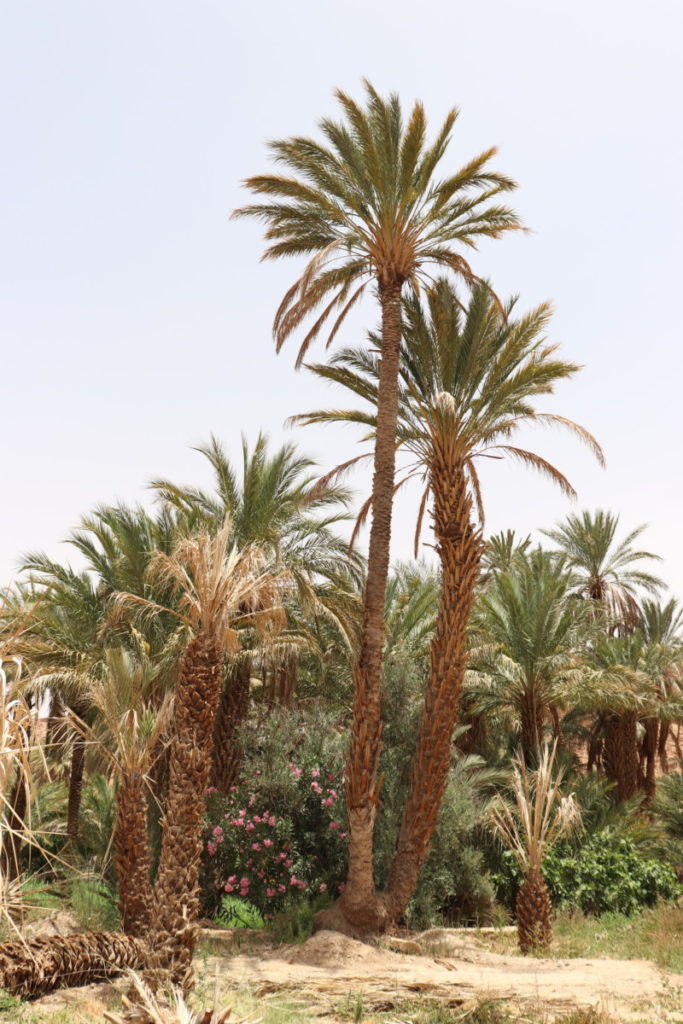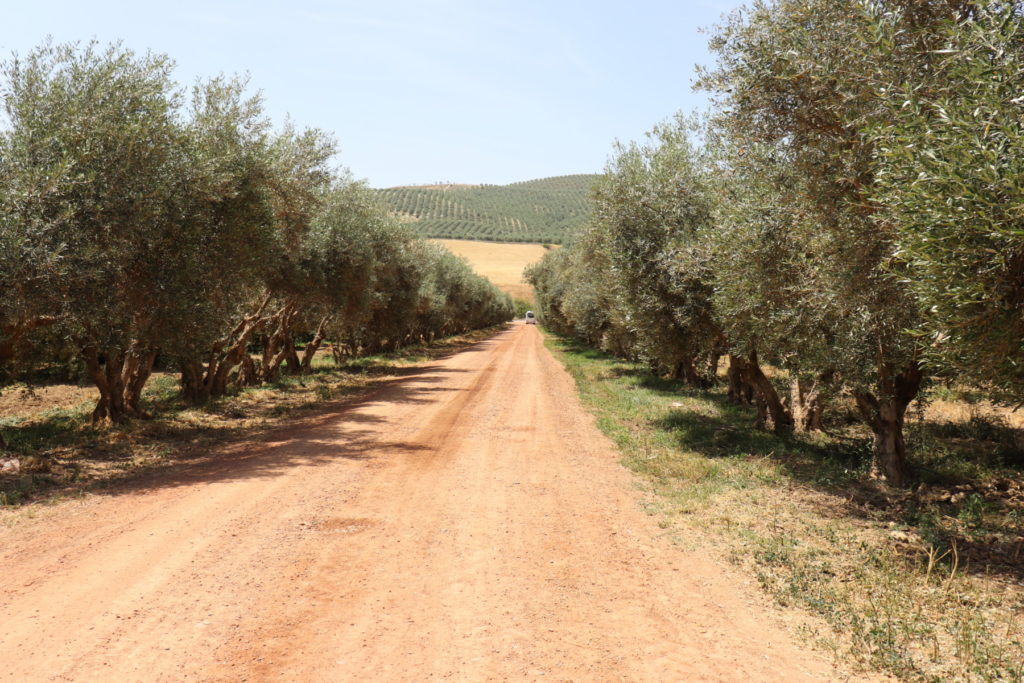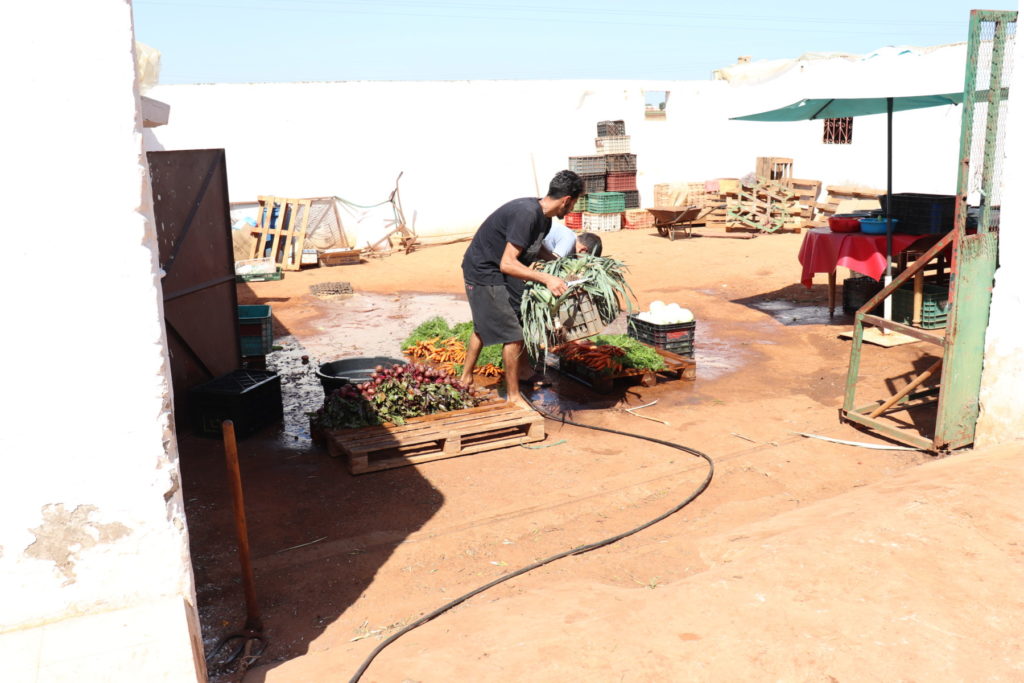


Agriculture is an important sector to many economies. Aside from making food available, agriculture makes contributions to global GDP accounting for more than 4% and as much 25% to national GDP for some least developed countries. Additionally, the sector is major a source of livelihoods where 27% of all employment is agriculture related. Agriculture is a major economic activity in Morocco and as part of the study abroad program we were expected to summarize farming practices and key initiatives related to agriculture and human development.
With Morocco being partly desert, I operated on the premise that other sectors were more critical to its economy. I thought of industry, mining manufacturing, and services especially tourism to be the main sources of economic activity and for agriculture to be a marginal contributor. As part of orientation and as part of class, I accessed economic data that showed just how much agriculture contributes to GDP, ranging from 14%-20%. It employs nearly half of the total workforce and provides approximately 80% of rural employment, a major source of incomes for rural residents. Morocco’s production is made of traditional and market agriculture through an integrated crop and livestock system. The sector, especially the traditional component, is important for food security because it is responsible for producing most of the food crops.
What made the knowledge that agriculture is a big sector surprising is how I imagined Morocco. I knew Morocco was an arid country due to its being near the Sahara Desert. I saw Morocco as being a harsh place with limited land for production of crops. I knew that the region received little rain which compounded the thinking that large scale agriculture was not suitable. Many images I had seen prior to visiting mainly showed the desert, consistently dry places. This contrasted with the image of green fields that I personally associate with farming. Morocco produces a lot of citrus fruits, spices, and many oils that are exported for use in cosmetics. Upon visiting farms, I saw that there was a lot of irrigation, that there were many areas which were more than suitable for agricultural production such as in the Atlas Mountains and on the west and north of the mountains.
Morocco was indeed very dry in comparison to the U.S., but it was not until I visited and toured the country that I remember that agriculture is possible in many types of environments, that there are many components to agriculture that can enable production of food for feeding the nation and more to sell to other countries.
